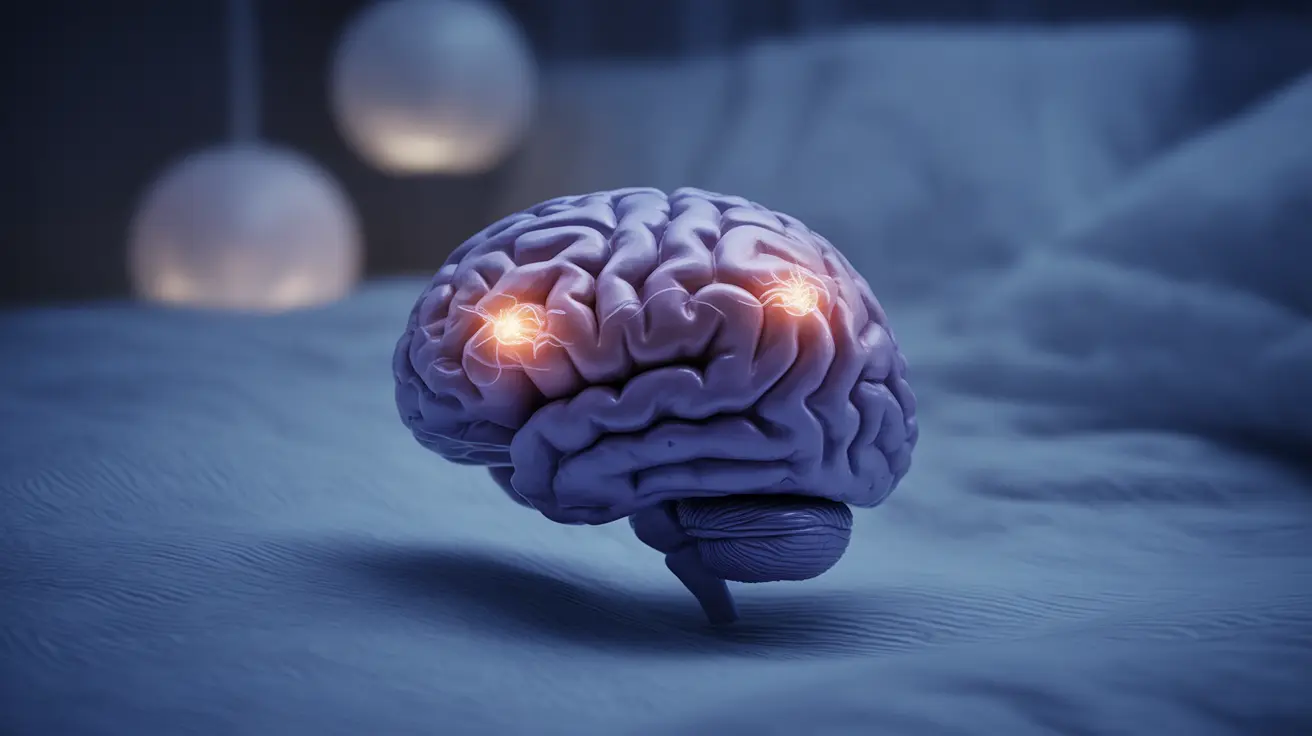Living with excessive daytime sleepiness or unexplained fatigue can be challenging and concerning. If you've been wondering whether your symptoms might be related to narcolepsy, understanding this complex sleep disorder is an important first step. While online resources and quizzes can provide valuable information, it's essential to know what narcolepsy really looks like and when to seek professional help.
In this comprehensive guide, we'll explore the key indicators of narcolepsy, how to identify them, and what steps you should take if you suspect you have this condition. We'll also clarify the importance of professional diagnosis and explain how narcolepsy differs from other sleep disorders.
Key Symptoms of Narcolepsy
Narcolepsy presents with several distinctive symptoms that can significantly impact daily life:
- Excessive daytime sleepiness (EDS)
- Sudden loss of muscle tone (cataplexy)
- Sleep paralysis
- Vivid hallucinations when falling asleep or waking up
- Disrupted nighttime sleep
These symptoms can vary in severity and frequency among individuals, making it crucial to track and document your experiences carefully.
Understanding Online Narcolepsy Quizzes
While online narcolepsy quizzes can serve as helpful preliminary screening tools, they should not be used for self-diagnosis. These quizzes typically assess common symptoms and risk factors, helping you organize your thoughts and concerns before speaking with a healthcare provider.
Benefits of Narcolepsy Screening Tools
Online screening tools can offer several advantages:
- Help identify potential narcolepsy symptoms
- Provide a structured way to track sleep-related issues
- Assist in preparing for medical consultations
- Raise awareness about less-known symptoms
Limitations of Self-Assessment
It's important to understand that online quizzes have significant limitations:
- Cannot provide definitive diagnosis
- May not account for other sleep disorders
- Don't consider medical history comprehensively
- Cannot replace clinical evaluation and testing
Professional Diagnosis Process
A proper narcolepsy diagnosis requires several specialized tests and evaluations:
- Multiple Sleep Latency Test (MSLT)
- Polysomnogram (overnight sleep study)
- Detailed medical history review
- Physical examination
- Possibly genetic testing
Treatment Options and Management Strategies
Once diagnosed, narcolepsy can be managed through various approaches:
- Prescription medications
- Scheduled naps
- Consistent sleep schedule
- Lifestyle modifications
- Support group participation
Frequently Asked Questions
What are the typical symptoms of narcolepsy and how can I identify them?
The main symptoms of narcolepsy include excessive daytime sleepiness, cataplexy (sudden muscle weakness), sleep paralysis, and hypnagogic/hypnopompic hallucinations. These symptoms often develop gradually and may be accompanied by disrupted nighttime sleep. Keep a sleep diary to track your symptoms and their frequency.
Can I use a narcolepsy quiz to accurately diagnose my condition, or is a specialist needed?
While narcolepsy quizzes can help identify potential symptoms, they cannot provide a diagnosis. A sleep specialist is essential for proper diagnosis, which requires specific medical tests like the Multiple Sleep Latency Test (MSLT) and overnight sleep study (polysomnogram).
How is narcolepsy different from other conditions like sleep apnea or idiopathic hypersomnia?
Narcolepsy is distinct from other sleep disorders primarily due to the presence of cataplexy and specific sleep patterns observed during testing. Unlike sleep apnea, which involves breathing interruptions during sleep, or idiopathic hypersomnia, which doesn't typically include cataplexy, narcolepsy has a unique symptom profile and is caused by a lack of hypocretin in the brain.
What are the most effective treatments for managing narcolepsy symptoms?
The most effective treatment approach typically combines medication (such as stimulants, sodium oxybate, or antidepressants) with lifestyle modifications like scheduled naps and consistent sleep patterns. Treatment plans are individualized and may require adjustment over time to achieve optimal symptom management.
Can narcolepsy develop later in life, or is it typically something you're born with or develop as a child?
While narcolepsy often begins in childhood or young adulthood, it can develop at any age. Symptoms typically appear between ages 10 and 30, but diagnosis is often delayed by several years. The condition may be triggered by genetic factors, infections, or autoimmune responses.
Remember, if you suspect you have narcolepsy, consulting with a healthcare provider or sleep specialist is crucial for proper diagnosis and treatment. While online resources can provide valuable information, professional medical evaluation is essential for managing this chronic condition effectively.




